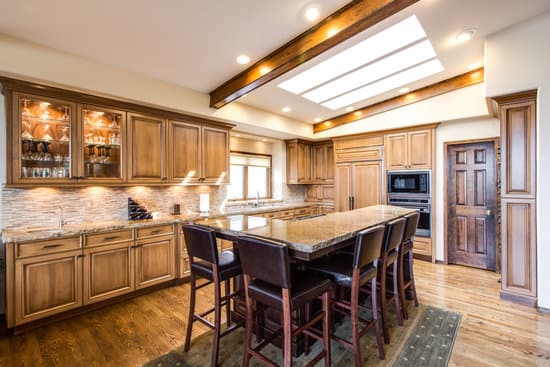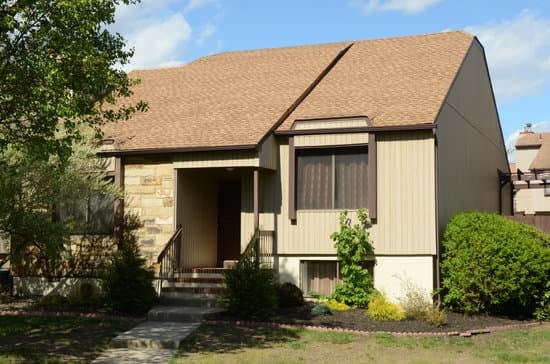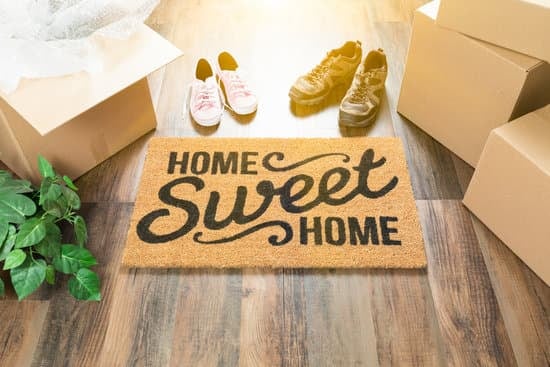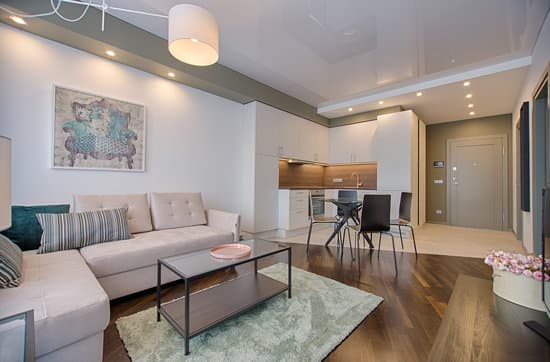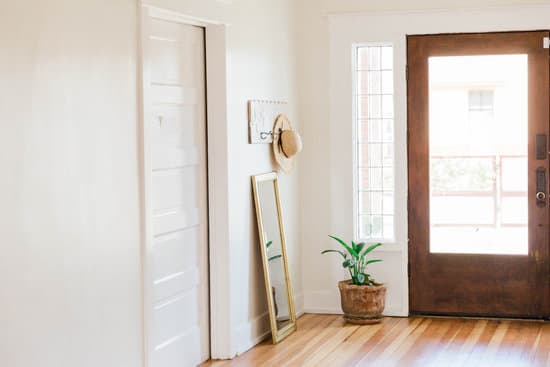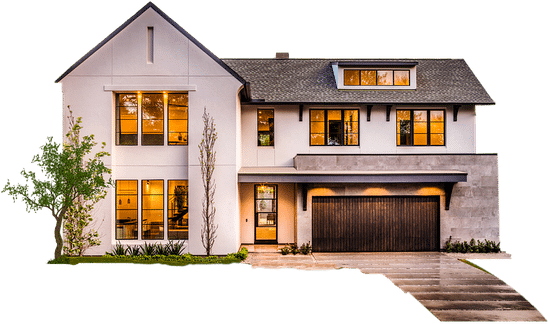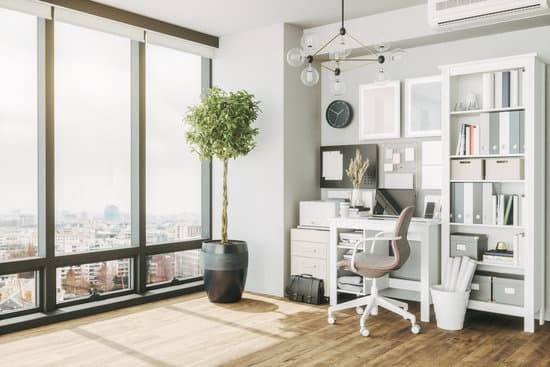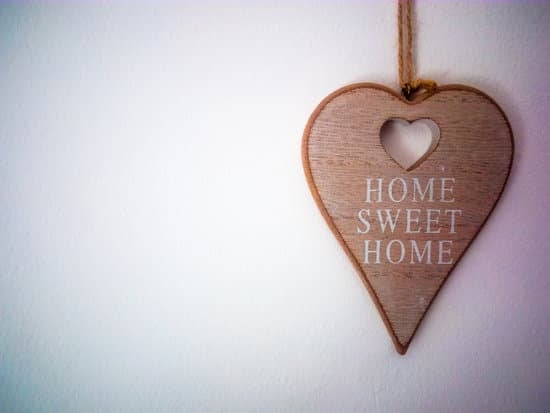Disadvantages of Having a Roof Deck
A roof deck can be a great addition to your house to enjoy outdoor living. It can provide you with a comfortable space to relax and entertain friends and family, and it can also add significant value to your home. However, there are some disadvantages to having a roof deck that you need to consider before proceeding with the construction.Ponding water on your roof deck can cause damage.
One of the major disadvantages of having a roof deck is the issue with ponding water. Ponding water is the result of water remaining on the roof for 48 hours after a rainfall. If the drainage system is not adequate, the water can accumulate on the roof, leading to problems. The following are some of the potential issues:- Water damage: Standing water can result in water damage to your roof deck. The water can seep into the roof structure, and can potentially damage the ceiling and walls of your home’s interior.
- Mold and mildew: Ponding water can create an ideal environment for the growth of mold and mildew. This can be a serious health hazard for you and your family.
Structural damage due to excess weight on the deck.
Another disadvantage of having a roof deck is the excess weight it places on the roof structure. If your roof structure is not strong enough to support the weight of the deck and the people who will use it, it can lead to structural damage. The following are some of the potential issues:- Cracks and leaks: The excess weight can cause cracks and leaks in the roof structure, leading to potential water damage. This can compromise the integrity of your home’s interior.
- Unsafe conditions: Weak and damaged roof structures can be prone to collapse, creating a safety hazard for your family and guests. It is important to ensure that the structure is sound and able to bear the weight of the deck before proceeding with the construction.
The cost of repairing the damage caused by ponding water can be expensive.
If you have a roof deck and experience ponding water, the cost of repairs can be expensive. Damaged roofs can require a complete replacement, which can be a significant expense. Additionally, water damage to your home’s interior can also be costly to repair. It is important to factor in the potential cost of repairs before deciding to construct a roof deck.Risk of leaks and water damage to your home’s interior.
Ponding water on your roof deck can also result in leaks and water damage to your home’s interior. The following are some of the potential issues:- Leaking ceiling: Water that seeps into the roof structure can cause your ceiling to leak, leading to unsightly stains and potential structural damage.
- Water damage to furniture and rugs: If the water damage is severe, it can result in damage to your home’s furniture and rugs. This can be a costly expense to repair or replace.




